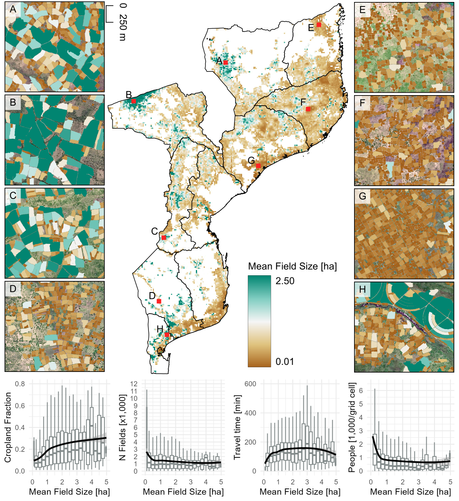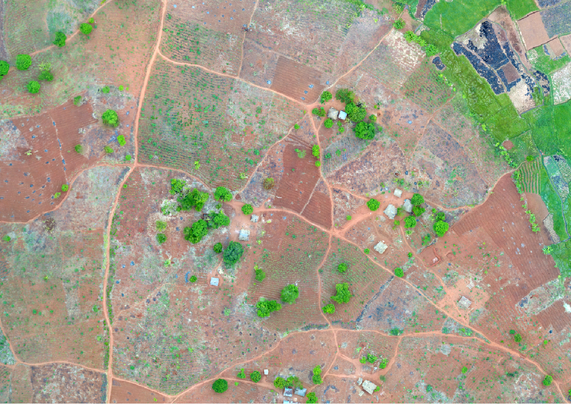🌍 🛰️ 🌱 🌽👨🏿🌾🛖💻⚙️
Preprint on national-scale satellite-based crop field delineation in smallholder landscapes is out:
https://doi.org/10.48550/arXiv.2507.10499
🌍 🛰️ 🌱 🌽👨🏿🌾🛖💻⚙️
Preprint on national-scale satellite-based crop field delineation in smallholder landscapes is out:
https://doi.org/10.48550/arXiv.2507.10499
🌍 🛰️ 🌱 🌽👨🏿🌾🛖💻⚙️

